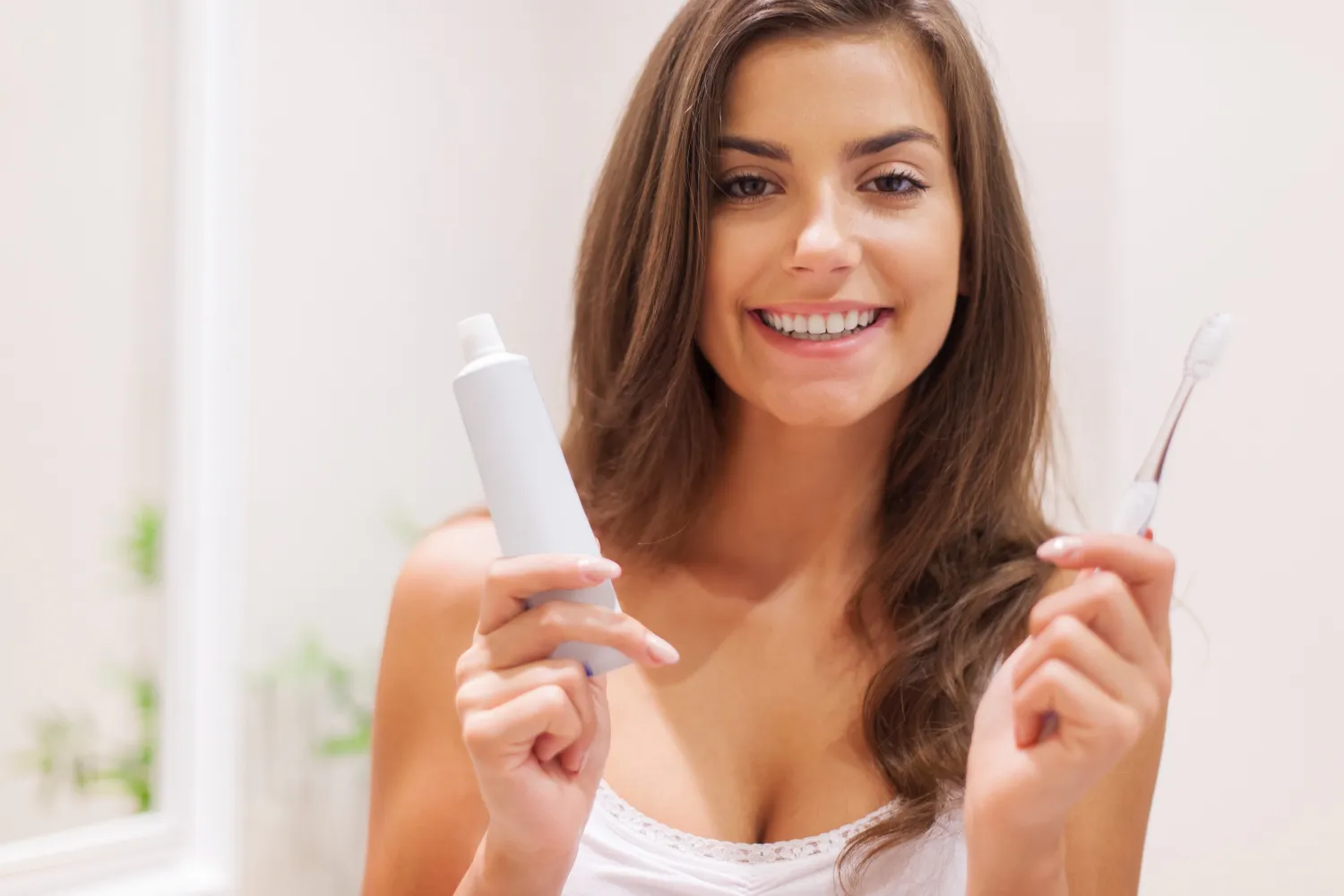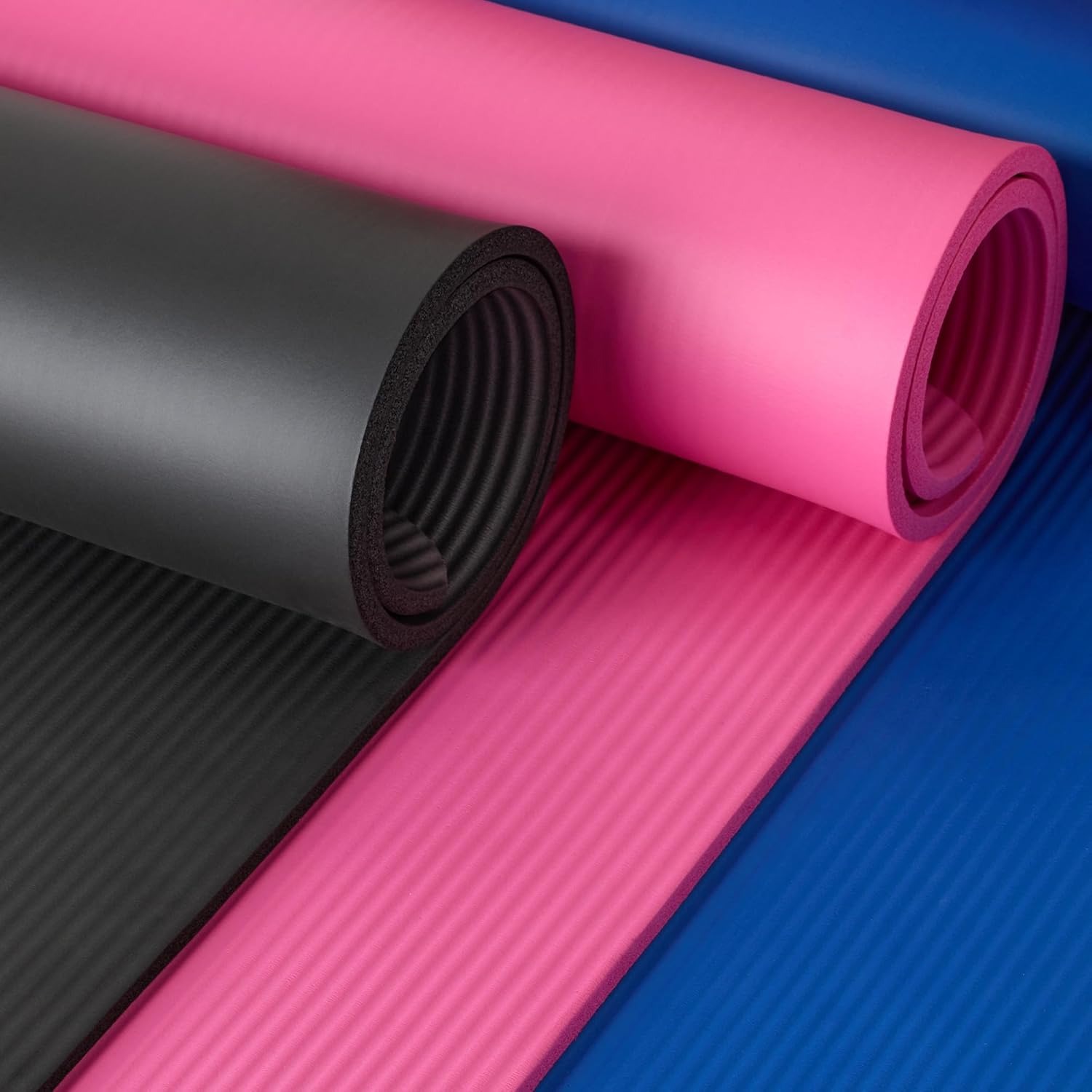Unveiling the Best Whitening Toothpaste: A Quest for a Dazzling Smile
In the pursuit of a radiant and confident smile, people often find themselves navigating a sea of whitening toothpaste options. With countless brands and formulations vying for attention, selecting the best whitening toothpaste can be a daunting task. Fear not, for this comprehensive guide will illuminate the path to achieving a dazzling smile.
Decoding the Whitening Agents
The key to understanding the efficacy of whitening toothpaste lies in its active ingredients, specifically the whitening agents. Hydrogen peroxide and carbamide peroxide reign supreme as the most potent and widely used agents.
Hydrogen peroxide, a powerful oxidizing agent, penetrates the tooth’s enamel and breaks down the chemical bonds that bind stains to the surface. Carbamide peroxide, a gentler alternative, gradually decomposes into hydrogen peroxide, providing a sustained whitening effect.
Choosing the Right Concentration
The concentration of whitening agents plays a crucial role in determining the product’s effectiveness and potential side effects. Higher concentrations may yield faster results but can also increase sensitivity and enamel erosion if misused.
For individuals with sensitive teeth or mild staining, a lower concentration of hydrogen peroxide (around 3-6%) or carbamide peroxide (10-15%) may be ideal. Those with more stubborn discoloration or intrinsic stains may benefit from higher concentrations, typically ranging from 6-10% hydrogen peroxide or 15-35% carbamide peroxide.
The Role of Abrasives
Whitening toothpaste often incorporates abrasives, such as silica or hydrated alumina, to physically scrub away surface stains. These fine particles gently polish the enamel, revealing a brighter and smoother surface.
However, it is crucial to strike a balance, as excessive abrasion can lead to enamel wear and increased sensitivity over time. Toothpastes with moderate abrasiveness and a combination of chemical and physical whitening agents tend to deliver optimal results.
Desensitizing Agents: A Soothing Touch
Sensitivity is a common concern when using whitening toothpaste, especially for those with exposed dentin or thin enamel. Fortunately, many formulations now include desensitizing agents to alleviate discomfort.
Potassium nitrate and arginine are among the most effective desensitizing agents, helping to block the transmission of pain signals from the tooth’s nerve. Toothpastes containing these ingredients can provide a more comfortable whitening experience for those with sensitive teeth.
Natural Alternatives: Harnessing Nature’s Power
As consumers become more conscious of the ingredients they introduce into their bodies, natural whitening toothpaste options have gained popularity. These products often incorporate plant-based ingredients like activated charcoal, baking soda, and fruit enzymes to gently whiten teeth.
Activated charcoal, derived from coconut shells or bamboo, acts as a powerful adsorbent, attracting and binding to stains on the tooth’s surface. Baking soda, a mild abrasive, helps remove surface stains, while fruit enzymes like bromelain and papain break down protein-based stains.
While natural alternatives may offer a gentler approach, their whitening effects can be more gradual and less dramatic compared to traditional whitening toothpastes.
Identifying the Best: Expert Recommendations
With so many options available, it can be overwhelming to determine the best whitening toothpaste. Fortunately, dental professionals and consumer organizations have conducted extensive research and testing to provide guidance.
Organizations like the American Dental Association (ADA) and the British Dental Association (BDA) rigorously evaluate and approve whitening toothpastes that meet their safety and efficacy standards. Products bearing their seals of approval have undergone thorough testing and can be trusted for their quality and performance.
Additionally, independent consumer reports and reviews from reputable sources can offer invaluable insights into the real-world experiences of users, helping you make an informed decision.
Complementary Whitening Techniques
While whitening toothpaste can effectively brighten your smile, incorporating other whitening techniques can enhance and prolong the results. Professional in-office whitening treatments, administered by a dentist, can provide more dramatic and long-lasting whitening effects.
At-home whitening kits, which typically involve the use of custom-fitted trays and stronger bleaching gels, can also complement the effects of whitening toothpaste. These methods allow the whitening agents to penetrate deeper into the tooth’s structure, targeting intrinsic stains.

Maintaining a Radiant Smile
Achieving a whiter smile is only half the battle; maintaining that radiant glow requires diligence and a commitment to good oral hygiene habits. Regular brushing and flossing help remove plaque and prevent future staining.
Additionally, limiting the consumption of staining culprits such as coffee, tea, red wine, and tobacco can significantly prolong the effects of whitening toothpaste. Rinsing with water after consuming staining foods and beverages can also mitigate discoloration.
Striking the Perfect Balance
While the desire for a dazzling smile is understandable, it is essential to strike a balance and approach whitening toothpaste with moderation and care. Overuse or misuse can lead to enamel erosion, increased sensitivity, and potential oral health issues.
It is crucial to follow the manufacturer’s instructions carefully and consult with a dental professional if you experience persistent sensitivity or other concerns. Remember, a healthy smile is the foundation of a radiant one.

Embracing Confidence with a Brighter Smile
In the pursuit of a whiter, brighter smile, whitening toothpaste has emerged as a powerful and convenient ally. By understanding the active ingredients, selecting the right formulation, and incorporating complementary whitening techniques, you can unveil a dazzling smile that radiates confidence and self-assurance.
However, it is essential to approach whitening responsibly, prioritizing oral health and seeking guidance from dental professionals when needed. With diligence and care, the best whitening toothpaste can transform your smile and empower you to face the world with a renewed sense of confidence and radiance.
Conclusion
When it comes to finding the best whitening toothpaste, it’s important to consider individual preferences and dental needs. With numerous options available, each claiming to offer superior whitening benefits, there isn’t a one-size-fits-all solution. It’s essential to look for toothpaste that contains clinically proven whitening agents and is accredited by dental associations.
While whitening toothpaste can help remove surface stains and provide a brighter smile, it’s crucial to manage expectations, as results may vary. Regular use, combined with a well-rounded oral care routine and professional dental check-ups, can maximize the effectiveness of whitening toothpaste. Ultimately, the best whitening toothpaste is one that aligns with your oral health goals, provides effective stain removal, and is recommended by dental professionals.





